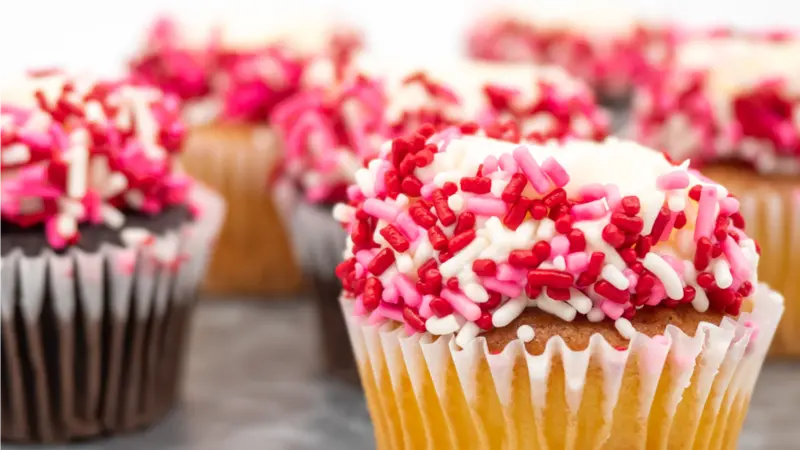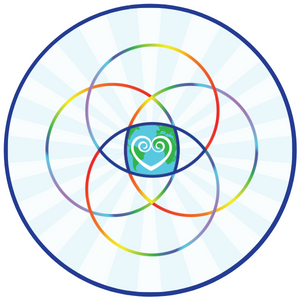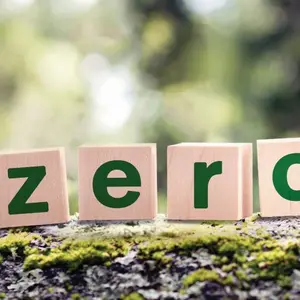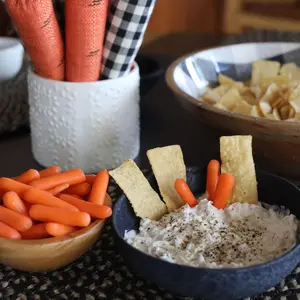
Healthy Kids
Healthy Kids
Red 40: Is It Safe?
Sugar is often blamed for a child’s hyperactive behavior after having a sweet treat, but according to research, artificial food dyes like red 40 are partially to blame.
Red dye 40 is made from petroleum and is approved by the U.S. Food and Drug Administration (FDA) for use in food and drinks. Red dye 40 is one of the most popular food dyes, and packaged foods that are processed almost always contain food dyes. Red dye 40 can also be listed as:
- Red 40
- Red 40 Lake
- FD&C Red No. 40
- FD&C Red No. 40 Aluminum Lake
Foods that often include red dye 40 are:
- Cakes and frosting
- Pastries
- Cereals
- Candy and gum
- Yogurt
- Puddings
- Gelatin
- Ice cream
- Popsicles
- Soda
- Sports drinks
- Energy drinks
- Protein powders
- Chips and salty snack foods
Child medications such as liquid cough syrups or chewable tablets can also contain food dyes.
Studies have shown that artificial dyes are linked to hyperactivity and ADHD, and that behavior and attention may improve once dyes are eliminated from the diet.
Potential side effects of red dye 40 include:
- Hyperactivity and ADHD
- Irritability and depression
- Allergic reaction
- Hives and asthma
- Sneezing
- Watery eyes
- Skin irritation
- Migraines
Research has also found tumor growth in animals that consumed high amounts of food dyes, and red 40 contains benzene, which is a known carcinogen (cancer-causing substance).
Make sure to read the labels to look for red dye 40, and look for foods that use natural food coloring from fruit and vegetable extracts instead. It is especially important to minimize food dyes for children and for those with a family history of cancer.
According to registered dietician Julia Zumpano, RD, LD, “If you’re concerned about red dye, remember that you have complete control when you make food yourself. If you need to bring a dessert into school, consider a chocolate chip cookie or a sugar cookie you won’t need to frost…If you have to frost something, try making the frosting from scratch and stick to chocolate or cream frosting or choose dyes from natural food sources.”
Zumpano also reminds us to avoid giving our kids processed foods for as long as possible, and limit them to special occasions such as parties. “When you do encounter foods with dyes, talk to your kids about why brightly colored foods may not be the best choice for their bodies. If your kids go to a party, encourage them to choose apple juice over a sports drink or soda. And always model good behavior when you’re around your kids.”
REFERENCES
Cleveland Clinic. (n.d.). Is red dye 40 safe? https://health.clevelandclinic.org/red-dye-40


 By
By







